Top 5s in Tokyo Ep2 – Food Edition with Khaled Iwamura: Ryogoku and Kuramae
Published August 7, 2019 at 12:13 pm
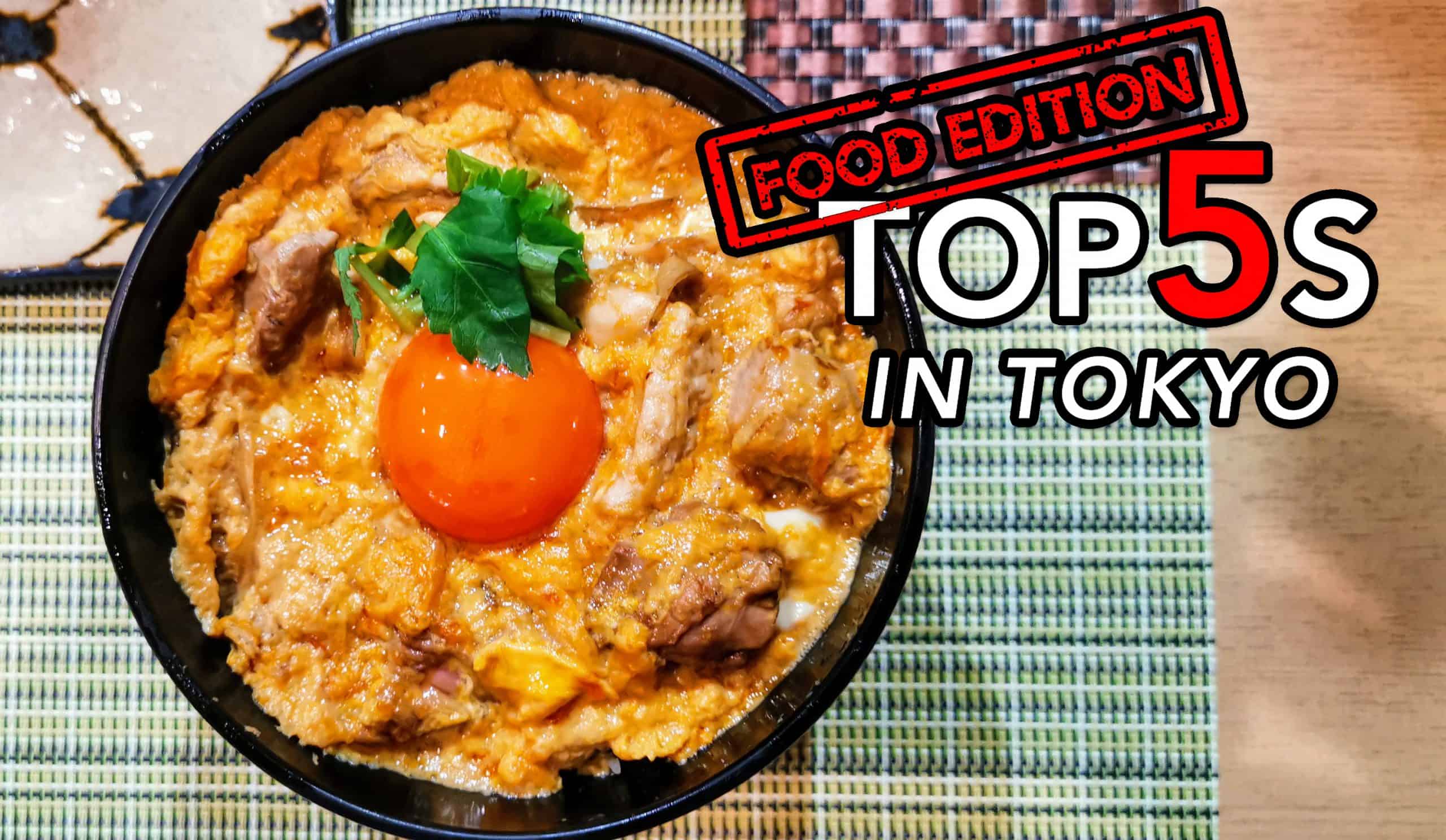
One neighbourhood in Tokyo is regarded as the heart of professional sumo in Japan, and the other a hidden gem for food by the water.
Ryogoku is the sumo wrestling district of Tokyo and it’s where the sumo stadium, sumo stables, chanko restaurants (we’ll get those later) and other sumo-related attractions can be found.
Right across the Sumida River is an up-and-coming food district called Kuramae.
Now let’s try the top 5 most popular dishes Ryogoku and Kuramae:
5. Tempura Burger
Restaurant: McLean
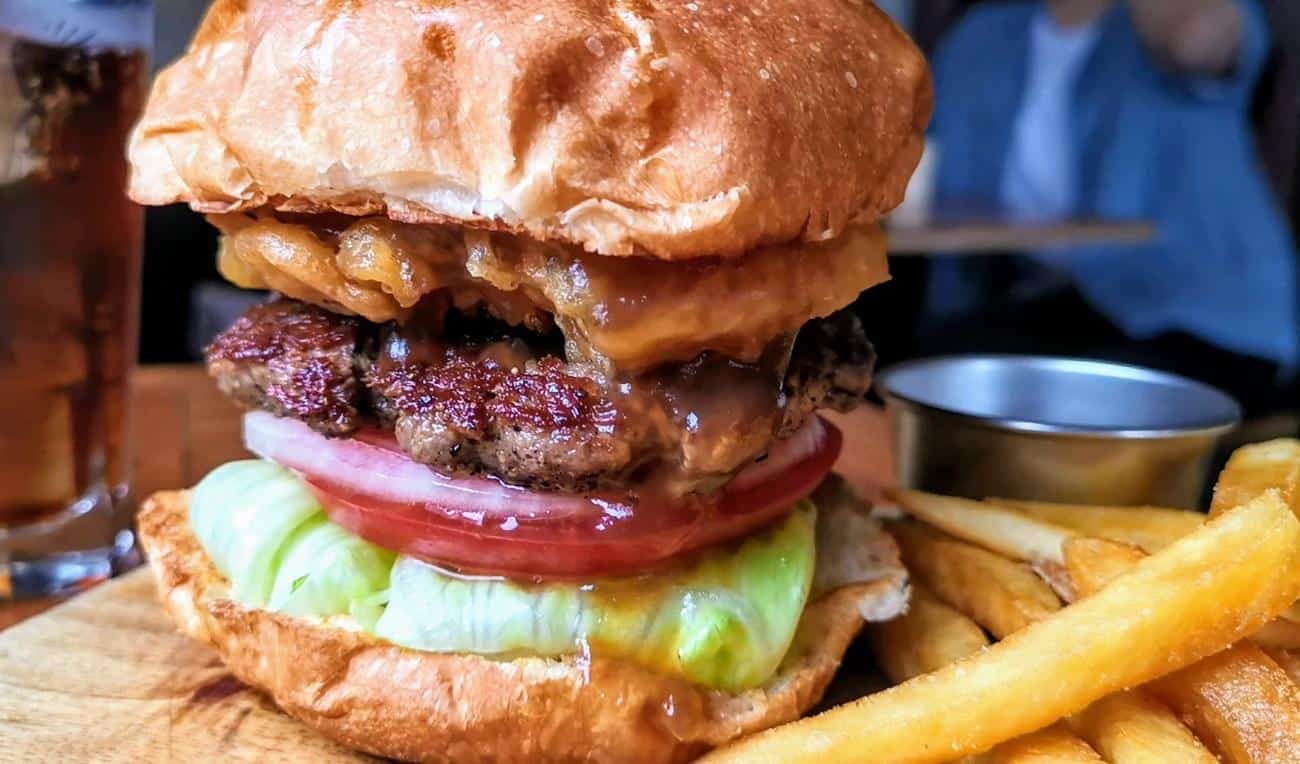 Yup, just look at this mountain of goodness!
Yup, just look at this mountain of goodness!
The owner of this restaurant apprenticed at a burger shop in Tokyo before opening his own. Hoping to create a menu with an Edo twist as he set his sights on the old town of Tokyo, he came up with the McLean Tempura Burger. The dish combines a beef patty with kakiage, a type of tempura that represents traditional Japanese food.
The result of his research and experimentation is the exquisite burger that balances the crispiness of double-fried tempura with a thick, juicy, 100 per cent Japanese beef patty. The interior is decorated with objects that evoke feelings of Old America, and you can pair craft beer and root beer with his authentic burgers.
4. AGED BROWN RICE
(Hare hakozen set)
Restaurant: Yu wa e ru Honten
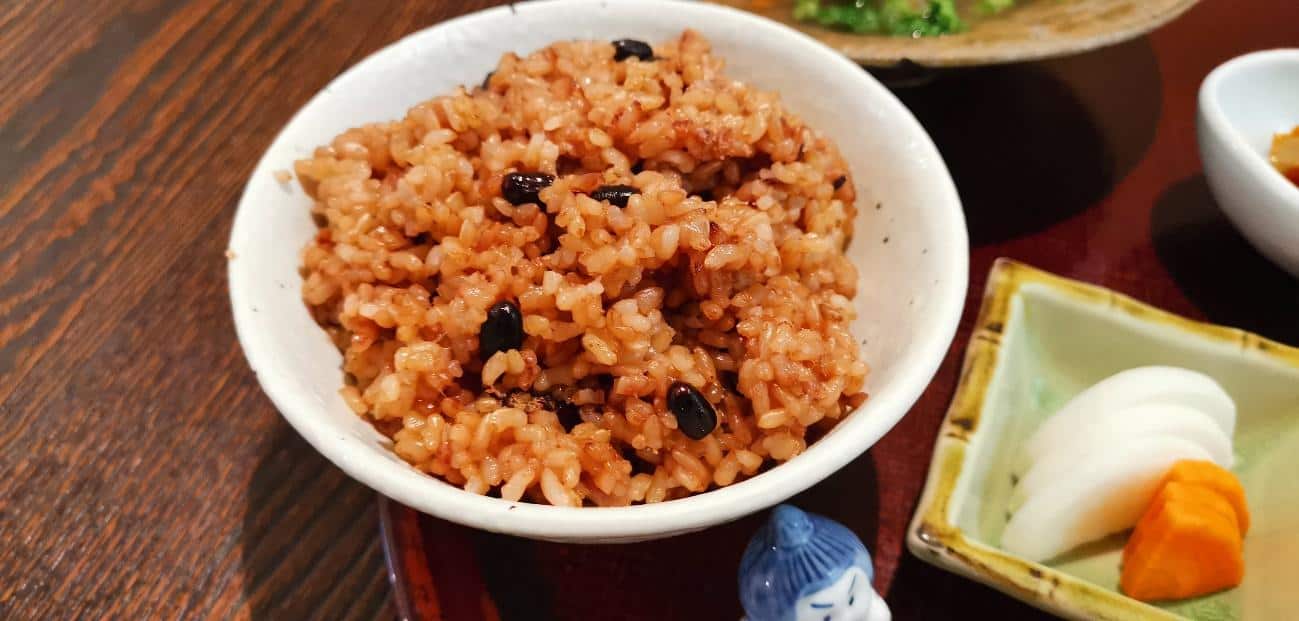
This is a little on the healthier side.
In the typical style of hakozen–a way of serving meals that was very popular from the Edo period and up to around the end of the war–brown rice is served with one or two dishes, plus a soup.
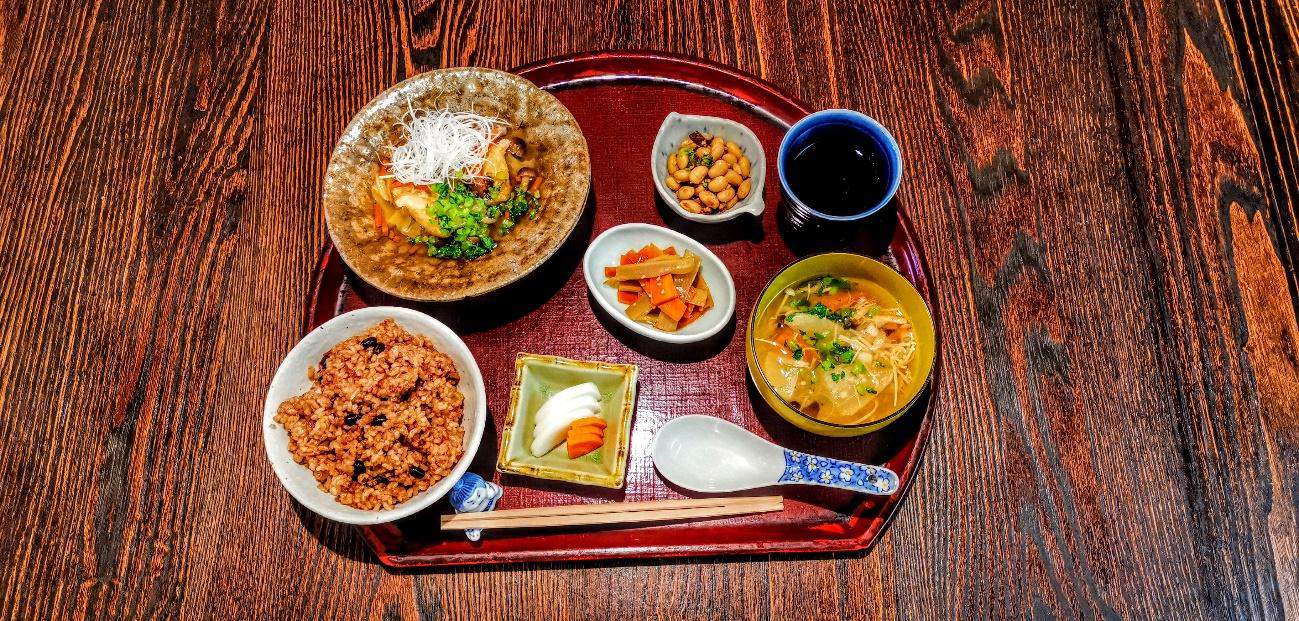
A hakozen is a box that was widely used to store dishes in common households from the Edo period until about 60 years ago around the end of the war. By turning the lid and placing it on the box, it serves as a personal dining table, on top of which the dishes are placed.
Brown rice is known as a highly nutritious food. At Yuwaeru Honten, diners can choose from among seasonal dishes, hearty soups, and sometimes homemade pickled vegetables to go with the aged brown rice to create a personalized set.
Despite being known for its healthfulness, brown rice gets a rep for being trickier to cook and not tasting as good as white rice. By ripening for three or four days after cooking in a special pressure cooker, Yuwaeru Honten offers sweet, chewy brown rice full of flavour in a style that is focused on the “effortless, flavourful, inexpensive, free of feeling deprived, and lasting lifestyle.” In addition to the food served at the restaurant, they introduce new ideas for healthy eating through their online store and workshops.
Ryogoku Edo NOREN Building
One of the coolest places you are going to eat at in Tokyo is the Ryogoku Edo NOREN. Built in 1929, the historic former Ryogoku Station building has been fully restored with a sumo ring and all. It is now a cool restaurant and shopping hotspot.
The food concept is ‘enjoying Edo-style cuisine’, so there are a bunch of different restaurants offering Edo-inspired food, drinks and local products. The next two restaurants are from Edo NOREN.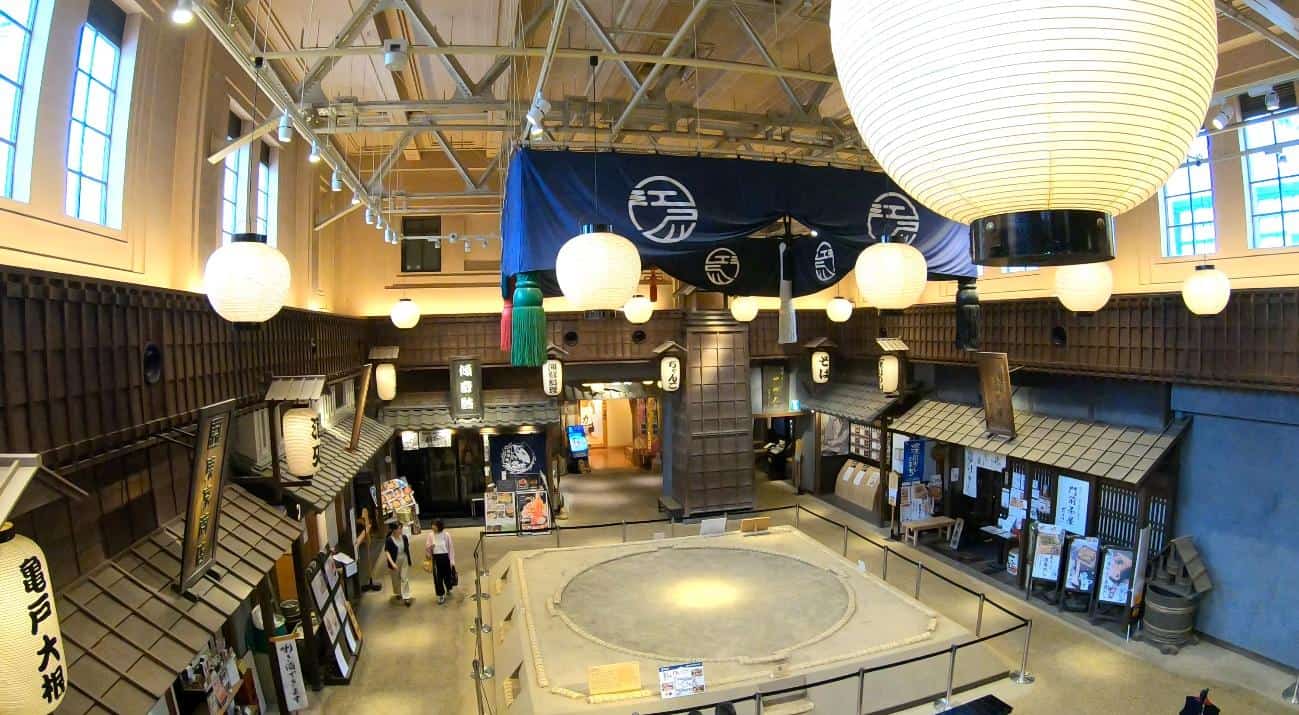
3. FUKA GAWA ASARI KAGO MESHI
Restaurant: Edo NOREN – Monzen Cha-ya Narukuchi Fukagawa asari kago meshi, roast duck, basket steamed seasonal vegetable
Fukagawa asari kago meshi, roast duck, basket steamed seasonal vegetable
Fukagawa-meshi is a popular dish enjoyed by the masses since the Edo period. Instead of cooking everything with rice, each ingredient is seasoned and cooked separately in a traditional culinary technique called “takiawase.” Fresh clams are steamed with onions, deep-fried tofu, and rice cooked in dashi broth in a basket steamer at a high temperature and pressure. “Fukagawa asari mushi kago meshi (basket-steamed Fukagawa clam rice)” is their speciality and boasts plump clams that are soft and fluffy. Also available are some Edo style dishes prepared with select ingredients and unique Junmai-shu sakes.
Fukagawa asari meshi was a staple shipboard meal for fishermen in Fukagawa, an area known as the fishing town of Edo. Popular among the working class of Edo, Fukagawa asari meshi was transformed by Monzen Cha-ya into a more refined dish through the use of the takiawase technique of Japanese traditional cooking. Through that, Fukagawa asari mushi kago meshi was born. Since the opening, Monzen Cha-ya’s “original fine-dining style Fukagawa asari mushi kago meshi,” which was taken to a whole new level while still keeping in line with its local history and culture, has been enjoyed by many.
2. TOKYO SHAMO CHICKEN OYAKO-DON
Restaurant: Edo NOREN Nezu Torihana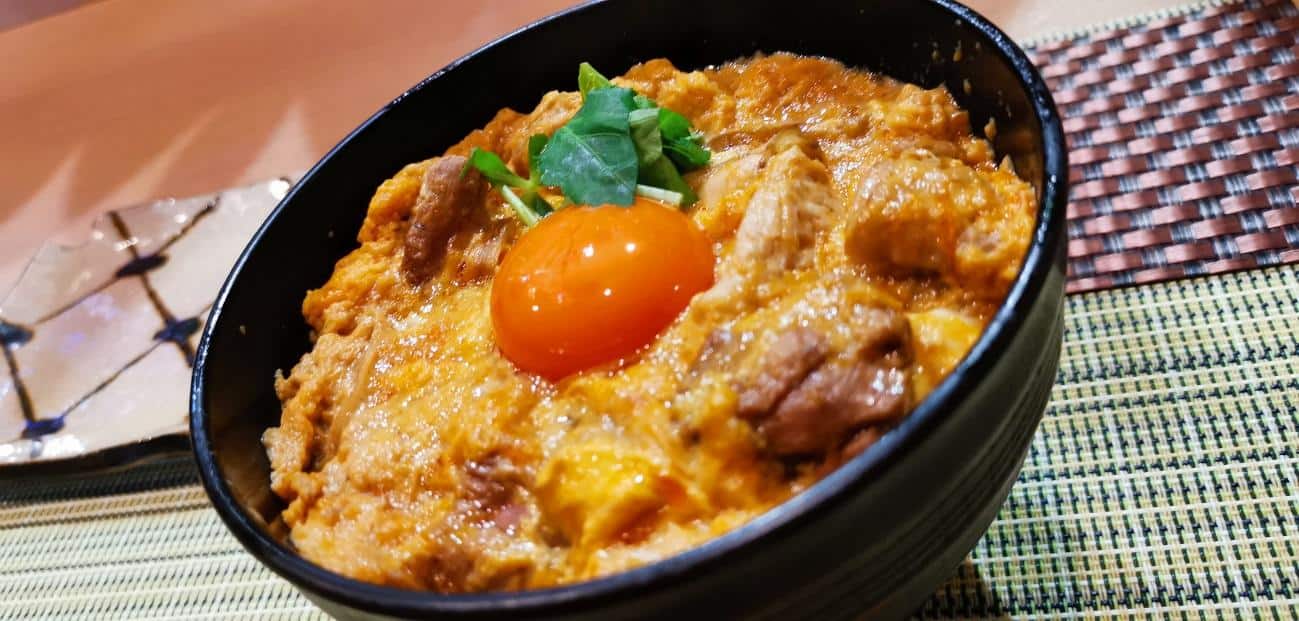
The current owner opened the restaurant nine years ago to introduce foods that are a local speciality in his hometown of Tokyo, and he decided to use Tokyo Shamo chicken. He travelled across the country to try different varieties of chicken and came up with the best Shamo dishes and cooking techniques that bring out the flavour of each ingredient.
As one of “Tokyo’s Locavore Restaurants (certified by the Tokyo Metropolitan Government),” Torihana is focused on food produced locally, serving the rare variety of Shamo chicken without leaving any parts wasted. Paired with locally grown vegetables and eggs, the unique umami, rich flavour and texture of the centrepiece ingredient, Tokyo Shamo chicken, is accentuated in the exquisite Oyako-don (chicken and egg bowl), charcoal-grilled chicken, Shamo pot, Shamo sukiyaki dishes and more. Enjoy the dishes with local sake and take home the restaurant’s original custard pudding.
More about Tokyo Shamo chicken
Brought to Japan in the early Edo period, Shamo chickens had been mainly bred for cockfighting, but the tastiness of their meat was well known, especially in the form of an Edo speciality dish, “Shamo pot,” which was depicted in folk magazines at the time.
Tokyo Shamo chicken was developed to recreate the flavour of the traditional Shamo meat, starting by selectively breeding to eliminate the combative nature of Shamo chickens and improve the rearing rate in 1971. The improved breed of Shamo chicken was mated with many varieties of chicken breeds, and in 1984, the current mating system was established.
Tokyo Shamo chicken has lean meat and well-developed muscles that are firm with an almost crunchy texture. Its light flavour lends itself to traditional Japanese dishes.
Compared to typical broiler chickens, Shamo chickens are reared over a longer period (20 weeks), giving them a more intense flavour that makes good dashi when used in nabe (hot pot dishes), with just the right amount of fat floating at the top.
Oyako-don
Oyako-don (Chicken and Egg Bowl) is a type of rice bowl dish topped with chicken cooked in a soup with beaten eggs poured over. “Oyako” meaning parent and child in Japanese, is so named for the chicken and eggs used in this dish.
Oyako-don traces its roots back to one diner in the Meiji period who, at a Shamo nabe eatery, would ask for eggs to be dropped into the nabe to finish his meal, calling it an “Oyako stew.” The wife of the eatery served this on top of rice so that it would be easier to eat.
1. FAMOUS CHANKO
Restaurant: Chanko Kawasaki
Chankonabe is a Japanese stew containing chicken and vegetables that is eaten by sumo wrestlers to gain weight!
It’s a long-established restaurant that first included chanko eaten by sumo wrestlers on a menu in 1937. The father of the current owner, as seen in the picture below, is a former rikishi named Yokoteyama, who quit wrestling to start the chanko restaurant (a mediocre wrestler starting a chanko restaurant was seen as something dishonourable at the time).

Preserving the tastes of this wrestler-founder, the restaurant has been serving customers for over 80 years and is being operated by the third generation today.
Originally, chankonabe was a dish prepared by rikishi with inexpensive fish parts and leftover vegetables. Ryogoku acted as a centre of poultry processing at the time, which meant that fresh chickens were readily available. The chicken was once a luxury food consumed on special occasions such as before an important match, as it was good luck for rikishi (unlike other four-legged animals, chickens do not touch the ground with their hands).
For these reasons, the restaurant started using the broth made with chicken bones in a cooking method called “soup stew” to serve chanko to customers. The soup, infused with the chicken and vegetables, gets richer and more flavourful over the course of a meal, making it delectable until the last slurp.
While more and more establishments are coming up with trendier styles of nabe, Chanko Kawasaki is preserving the taste of its forebears without being influenced by trends in a way that “does not try to appeal to all tastes, but aims to delight 6 out of 10 people.” The restaurant was listed in The MICHELIN Guide Tokyo 2016 (Bib Gourmands).
INsauga's Editorial Standards and Policies








